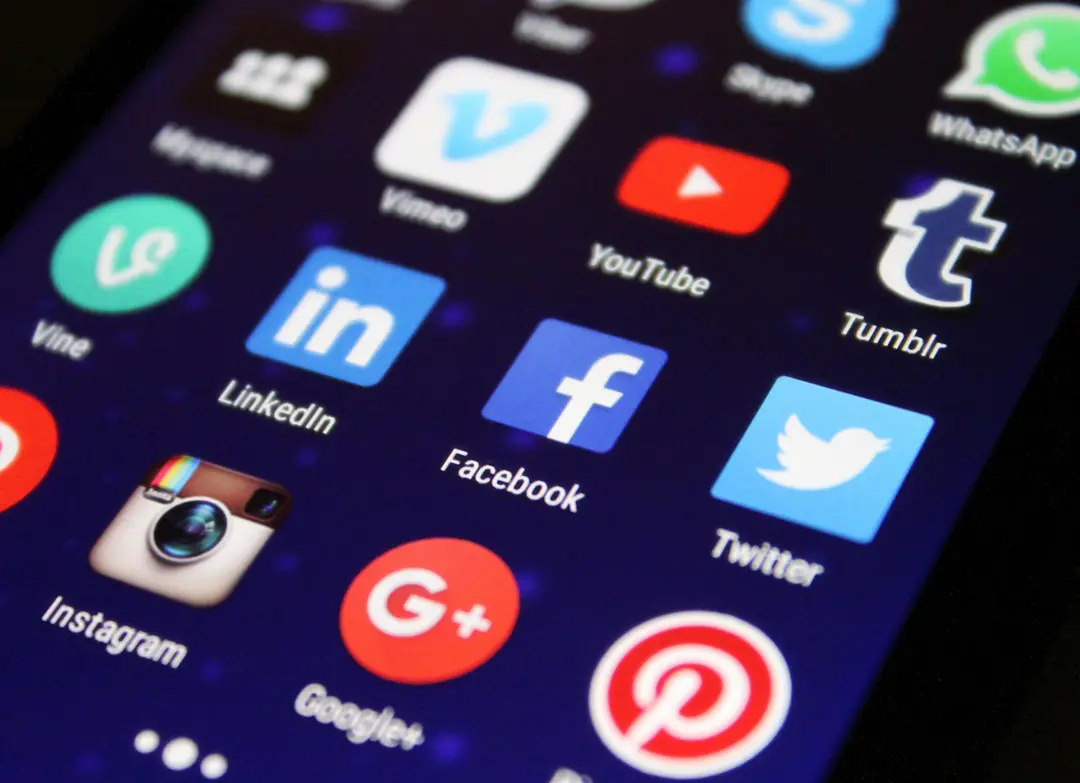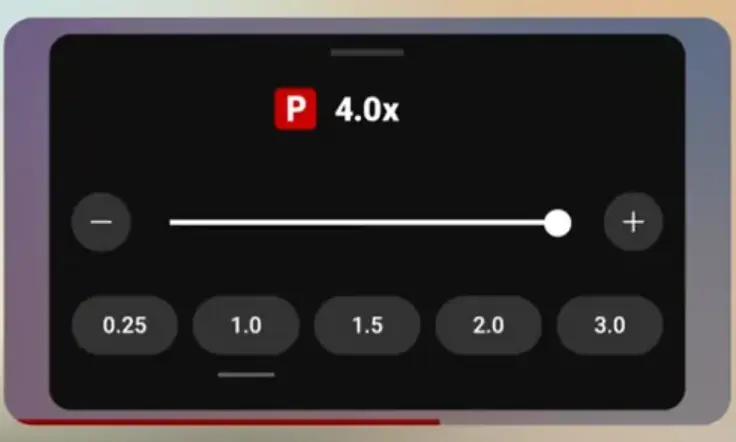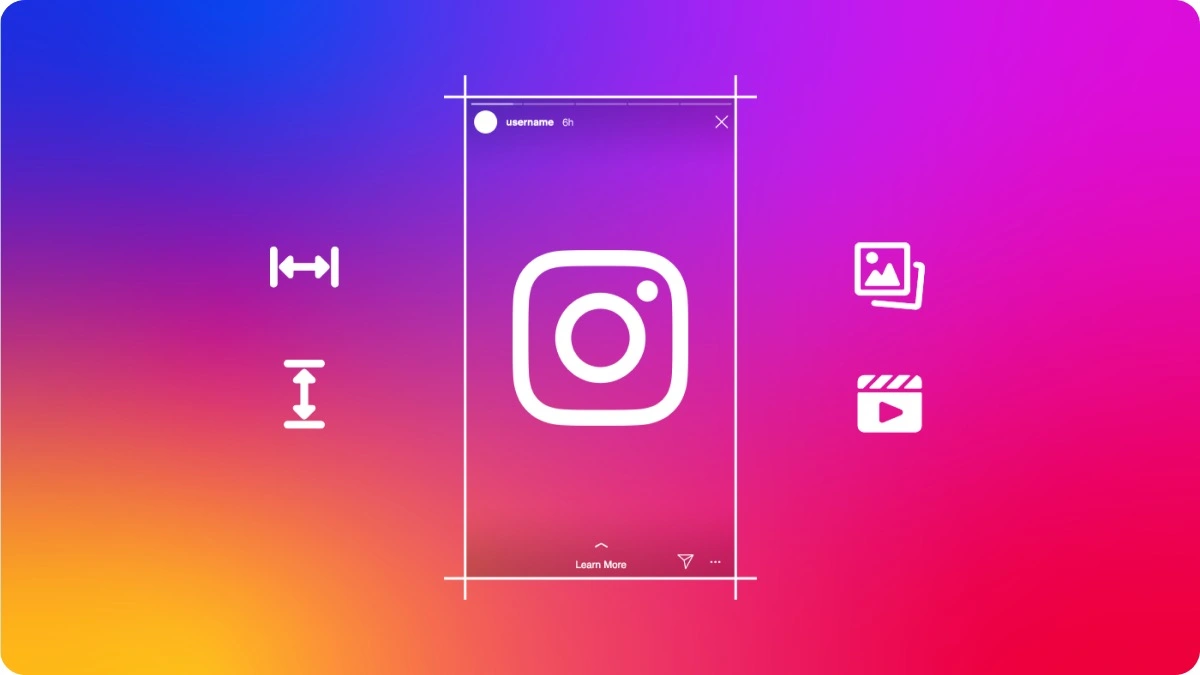Influencer marketing has undergone a remarkable transformation, evolving from ancient endorsements to a sophisticated digital strategy integral to modern branding. As we navigate 2025, this dynamic field continues to adapt, reflecting shifts in technology, consumer behavior, and regulatory landscapes.
A Historical Perspective: From Ancient Endorsements to Digital Influence
The roots of influencer marketing trace back centuries. In ancient Rome, gladiators endorsed products like olive oil and wine, leveraging their fame to influence public preferences. Fast forward to the 18th century, British potter Josiah Wedgwood capitalized on royal endorsements to promote his pottery, setting a precedent for celebrity-driven marketing.
The 20th century saw brands like Coca-Cola utilizing iconic figures such as Santa Claus to humanize and popularize their products. However, the digital age revolutionized influencer marketing. The early 2000s marked the rise of blogs and platforms like MySpace, where individuals began to amass followings based on niche interests. This era laid the groundwork for today’s social media influencers.
The Rise of Social Media Influencers
The proliferation of platforms such as YouTube, Instagram, and TikTok democratized content creation. Individuals could now share their lives, expertise, and passions with global audiences. Brands quickly recognized the potential, partnering with these content creators to reach targeted demographics authentically.
This shift led to the emergence of various influencer tiers:
- Macro-influencers: Individuals with hundreds of thousands to millions of followers, offering broad reach.
- Micro-influencers: Creators with 10,000 to 100,000 followers, known for higher engagement rates within niche communities.
- Nano-influencers: Those with fewer than 10,000 followers, often perceived as highly authentic and relatable.
By 2025, 86% of U.S. marketers are expected to collaborate with influencers, underscoring the strategy’s significance in contemporary marketing.
Current Trends Shaping Influencer Marketing in 2025
- Diversification of Platforms and Content Formats
While Instagram and YouTube remain dominant, platforms like TikTok have surged in popularity, especially among younger demographics. Short-form videos, live streams, and ephemeral content are now central to influencer strategies.
- Emphasis on Authenticity and Relatability
Consumers increasingly value genuine connections. Micro and nano-influencers often outperform their macro counterparts in engagement metrics due to perceived authenticity.
- Integration of Social Commerce
Platforms are enhancing shopping features, allowing users to purchase products directly through content. This seamless integration of commerce and content streamlines the consumer journey from discovery to purchase.
- AI and Data-Driven Strategies
Artificial intelligence aids in identifying suitable influencers, predicting campaign outcomes, and personalizing content. AI-driven tools enhance efficiency and effectiveness in campaign management.
- Regulatory Developments and Ethical Considerations
The rise of child influencers has prompted legislative actions to protect minors’ rights and earnings. States like California and Illinois have enacted laws ensuring a portion of child influencers’ earnings are secured in trusts.
Case Study: White Fox’s Viral Success
Australian fashion brand White Fox exemplifies effective influencer marketing. By collaborating with influencers and leveraging user-generated content, the brand cultivated a strong online presence. Initiatives like “White Fox University” engaged student influencers, further expanding their reach. In 2024, the brand’s sales neared $73.8 million, highlighting the tangible impact of strategic influencer partnerships.
The Future of Influencer Marketing
Looking ahead, several trends are poised to shape the influencer marketing landscape:
- Long-Term Partnerships: Brands will prioritize sustained collaborations over one-off campaigns, fostering deeper connections and consistent messaging.
- Expansion into B2B Marketing: Influencer strategies will extend beyond consumer markets, with professionals leveraging platforms like LinkedIn to influence business decisions.
- Enhanced Measurement and ROI Analysis: Advancements in analytics will provide clearer insights into campaign performance, enabling data-driven decision-making.
- Globalization and Cultural Sensitivity: As brands target international audiences, understanding and respecting cultural nuances will be crucial in influencer collaborations.
Influencer marketing has evolved from ancient endorsements to a sophisticated, data-driven strategy integral to modern branding. As technology advances and consumer expectations shift, adaptability and authenticity will remain at the heart of successful influencer campaigns. Brands that embrace these principles are poised to thrive in the ever-evolving digital landscape.







